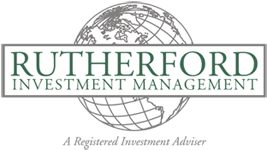Sorting Signal From Noise: A Turbulent October
Published November 8, 2024

The headline grabber was October’s surprisingly weak jobs report, showing only 12,000 positions added – a dramatic drop from September’s revised 223,000 gain. This apparent weakness was most likely due to temporary disruptions from Hurricanes Helene and Milton, along with the Boeing machinists’ strike affecting 33,000 workers directly and thousands more through supply chain impacts. Stripping out these transitory effects suggests underlying job growth remained in the healthy 100,000-150,000 monthly range. The unemployment rate held steady at 4.1%, while wage growth ticked up to 4.0% year-over-year, indicating continued labor market resilience beneath the headline volatility.
The economy’s fundamental strength was further evidenced by third-quarter GDP growth of 2.8%, powered by robust consumer spending and government expenditure. While this marked a slight moderation from Q2’s 3.0% pace, it reinforced America’s remarkable economic outperformance. Since early 2020, U.S. real economic growth has reached 10%, tripling the average of other G7 nations. This divergence reflects not only increased fiscal stimulus spending, outpacing that of other developed countries, but also deep-seated advantages in productivity and innovation – the average American worker now generates approximately $171,000 in annual economic output, far exceeding the $120,000 in the eurozone, $118,000 in Britain, and $96,000 in Japan, as reported in The Economist.
Inflation continued its uneven decline, with September’s CPI registering a 2.4% annual increase, down from 2.5% in August but above expectations of 2.3%. Core inflation proved especially stubborn at […]
